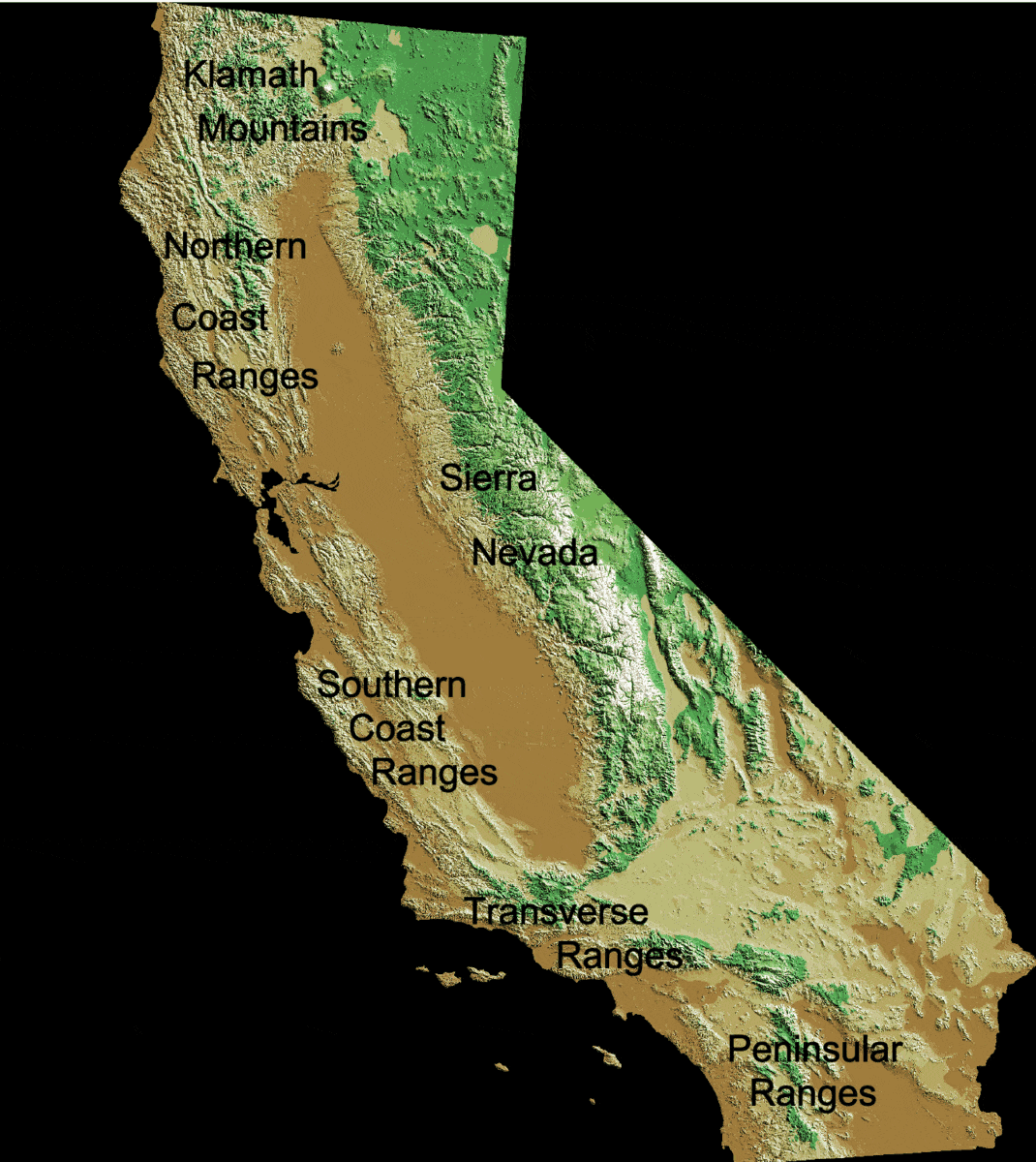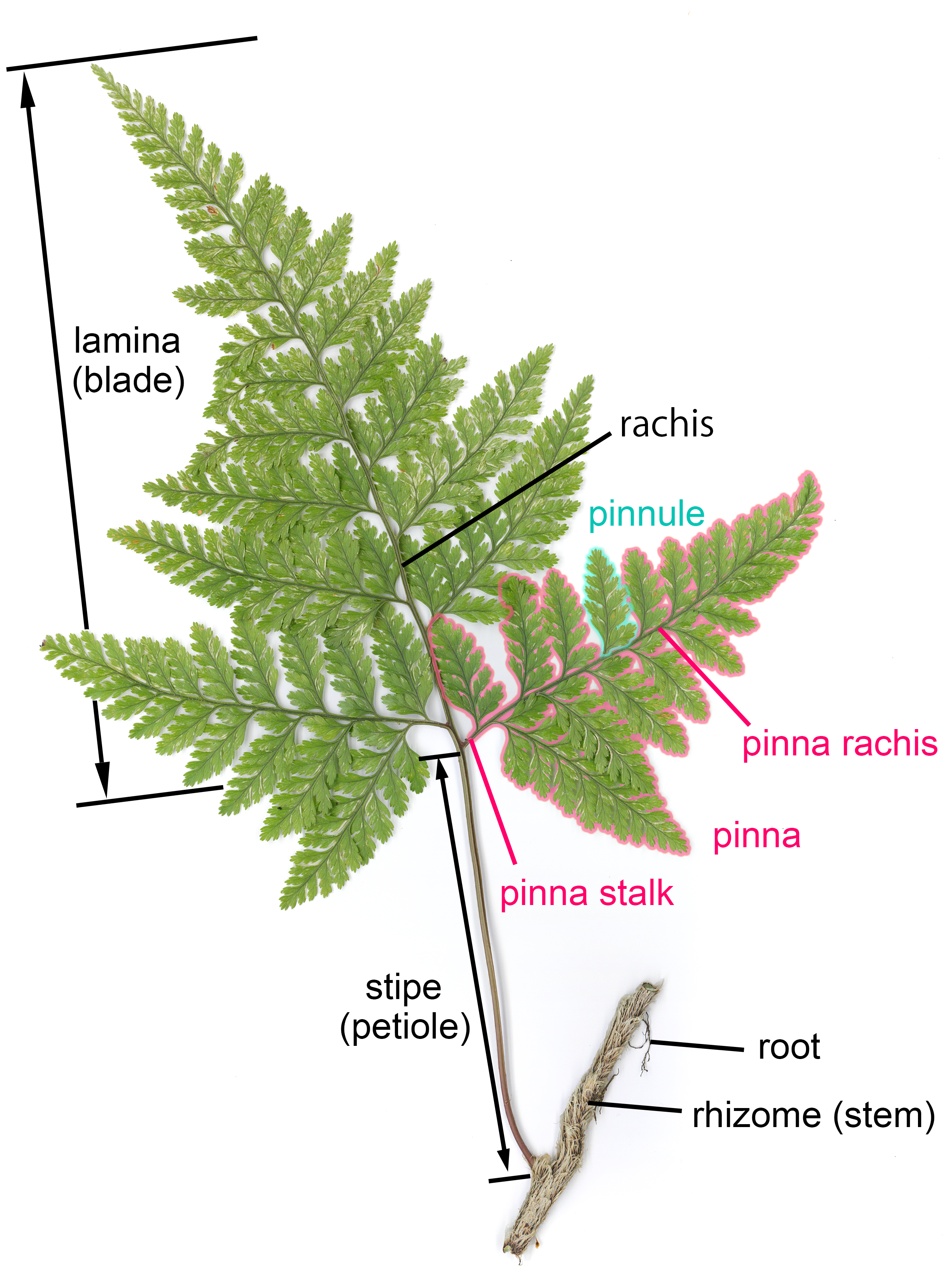|
Polystichum Dudleyi
''Polystichum dudleyi'' is a species of fern known by the common name Dudley's sword fern. It is endemic to California, where it is known from the forests of the central and southern California Coast Ranges. Description The ''Polystichum dudleyi'' fern produces frond A frond is a large, divided leaf. In both common usage and botanical nomenclature, the leaves of ferns are referred to as fronds and some botanists restrict the term to this group. Other botanists allow the term frond to also apply to the lar ...s up to long. Each lance-shaped leaf is made up of many lance-shaped leaflets which are deeply divided into smaller segments. It grows in moist forests. References External links''Polystichum dudleyi'' - Photo gallery dudleyi Ferns of California Endemic flora of California {{Dryopteridaceae-stub ... [...More Info...] [...Related Items...] OR: [Wikipedia] [Google] [Baidu] |
William Ralph Maxon
William Ralph Maxon, (February 27, 1877 – February 25, 1948) was an American botanist and pteridologist. He graduated from Syracuse University with a Bachelor of Philosophy, B.Ph. in biology, in 1898, and spent about one year at Columbia University doing post-graduate work on ferns with Lucien Marcus Underwood. In 1899 he accepted a position with the National Museum of Natural History, United States National Museum, which was a part of the Smithsonian Institution; he remained at the museum for his entire career. In 1899 he became an aide with the Division of Plants. He was named assistant curator in 1905, associate curator in 1914, and curator of that Division in 1937. He retired in 1946, but continued his association with the museum until his death in 1948. For the current version of this webpage, see . The later version does not indicate authorship. Alan Bain has written that, "Maxon specialized in the taxonomic study of Pteridophyta, especially those of tropical America, and w ... [...More Info...] [...Related Items...] OR: [Wikipedia] [Google] [Baidu] |
Fern
The ferns (Polypodiopsida or Polypodiophyta) are a group of vascular plants (plants with xylem and phloem) that reproduce via spores and have neither seeds nor flowers. They differ from mosses by being vascular, i.e., having specialized tissues that conduct water and nutrients, and in having life cycles in which the branched sporophyte is the dominant phase. Ferns have complex leaf, leaves called megaphylls that are more complex than the microphylls of clubmosses. Most ferns are leptosporangiate ferns. They produce coiled Fiddlehead fern, fiddleheads that uncoil and expand into fronds. The group includes about 10,560 known extant species. Ferns are defined here in the broad sense, being all of the Polypodiopsida, comprising both the leptosporangiate (Polypodiidae (plant), Polypodiidae) and eusporangiate ferns, the latter group including horsetails, Psilotaceae, whisk ferns, marattioid ferns, and ophioglossoid ferns. The fern crown group, consisting of the leptosporangiates and ... [...More Info...] [...Related Items...] OR: [Wikipedia] [Google] [Baidu] |
Endemism
Endemism is the state of a species being found only in a single defined geographic location, such as an island, state, nation, country or other defined zone; organisms that are indigenous to a place are not endemic to it if they are also found elsewhere. For example, the Cape sugarbird is found exclusively in southwestern South Africa and is therefore said to be ''endemic'' to that particular part of the world. An endemic species can also be referred to as an ''endemism'' or, in scientific literature, as an ''endemite''. Similarly, many species found in the Western ghats of India are examples of endemism. Endemism is an important concept in conservation biology for measuring biodiversity in a particular place and evaluating the risk of extinction for species. Endemism is also of interest in evolutionary biology, because it provides clues about how changes in the environment cause species to undergo range shifts (potentially expanding their range into a larger area or b ... [...More Info...] [...Related Items...] OR: [Wikipedia] [Google] [Baidu] |
California
California () is a U.S. state, state in the Western United States that lies on the West Coast of the United States, Pacific Coast. It borders Oregon to the north, Nevada and Arizona to the east, and shares Mexico–United States border, an international border with the Mexico, Mexican state of Baja California to the south. With almost 40million residents across an area of , it is the List of states and territories of the United States by population, largest state by population and List of U.S. states and territories by area, third-largest by area. Prior to European colonization of the Americas, European colonization, California was one of the most culturally and linguistically diverse areas in pre-Columbian North America. European exploration in the 16th and 17th centuries led to the colonization by the Spanish Empire. The area became a part of Mexico in 1821, following Mexican War of Independence, its successful war for independence, but Mexican Cession, was ceded to the U ... [...More Info...] [...Related Items...] OR: [Wikipedia] [Google] [Baidu] |
California Coast Ranges
The Coast Ranges of California span from Del Norte County, California, Del Norte or Humboldt County, California, south to Santa Barbara County, California, Santa Barbara County. The other three coastal California mountain ranges are the Transverse Ranges, Peninsular Ranges and the Klamath Mountains. Physiographically, they are a section of the larger Pacific Border province, which in turn is part of the larger Geography of the United States Pacific Mountain System, Pacific Mountain System physiographic division. UNESCO has included the "California Coast Ranges Biosphere Reserve" in its Man and the Biosphere Programme of World Network of Biosphere Reserves since 1983. * Physiography The northern end of the California Coast Ranges overlap the southern end of the Klamath Mountains for approximately on the west. They extend southward for more than to where the coastline turns eastward along the Santa Barbara Channel, around the area of Point Conception. Here the southern end m ... [...More Info...] [...Related Items...] OR: [Wikipedia] [Google] [Baidu] |
Frond
A frond is a large, divided leaf. In both common usage and botanical nomenclature, the leaves of ferns are referred to as fronds and some botanists restrict the term to this group. Other botanists allow the term frond to also apply to the large leaves of cycads, as well as palms (Arecaceae) and various other flowering plants, such as mimosa or sumac. "Frond" is commonly used to identify a large, compound leaf, but if the term is used botanically to refer to the leaves of ferns and algae it may be applied to smaller and undivided leaves. Fronds have particular terms describing their components. Like all leaves, fronds usually have a stalk connecting them to the main stem. In botany, this leaf stalk is generally called a Petiole (botany), petiole, but in regard to fronds specifically it is called a Stipe (botany), stipe, and it supports a flattened blade (which may be called a lamina), and the continuation of the stipe into this portion is called the rachis. The blades may be ... [...More Info...] [...Related Items...] OR: [Wikipedia] [Google] [Baidu] |
Polystichum
''Polystichum'' is a genus of ferns in the family (biology), family Dryopteridaceae, subfamily Dryopteridoideae, according to the Pteridophyte Phylogeny Group classification of 2016 (PPG I). The genus has about 500 species and has a cosmopolitan distribution. The highest diversity is in eastern Asia, with about 208 species in China alone; the region from Mexico to Brazil has at least 100 additional species; Africa (at least 17 species), North America (at least 18 species), and Europe (at least 5 species) have much lower diversity. ''Polystichum'' species are terrestrial or rock-dwelling ferns of warm-temperate and montane-tropical regions (a few species grow in alpine regions). They are often found in disturbed habitats such as road cuts, scree, talus slopes, and stream banks. Description Many ferns of this genus have stout, slowly creeping rootstocks that form a crown, with a vase-like ring of evergreen fronds long. The Sorus, sori are round, with a circular indusium, except in ... [...More Info...] [...Related Items...] OR: [Wikipedia] [Google] [Baidu] |
Ferns Of California
The ferns (Polypodiopsida or Polypodiophyta) are a group of vascular plants (plants with xylem and phloem) that reproduce via spores and have neither seeds nor flowers. They differ from mosses by being vascular, i.e., having specialized tissues that conduct water and nutrients, and in having life cycles in which the branched sporophyte is the dominant phase. Ferns have complex leaves called megaphylls that are more complex than the microphylls of clubmosses. Most ferns are leptosporangiate ferns. They produce coiled fiddleheads that uncoil and expand into fronds. The group includes about 10,560 known extant species. Ferns are defined here in the broad sense, being all of the Polypodiopsida, comprising both the leptosporangiate ( Polypodiidae) and eusporangiate ferns, the latter group including horsetails, whisk ferns, marattioid ferns, and ophioglossoid ferns. The fern crown group, consisting of the leptosporangiates and eusporangiates, is estimated to have originated in th ... [...More Info...] [...Related Items...] OR: [Wikipedia] [Google] [Baidu] |




